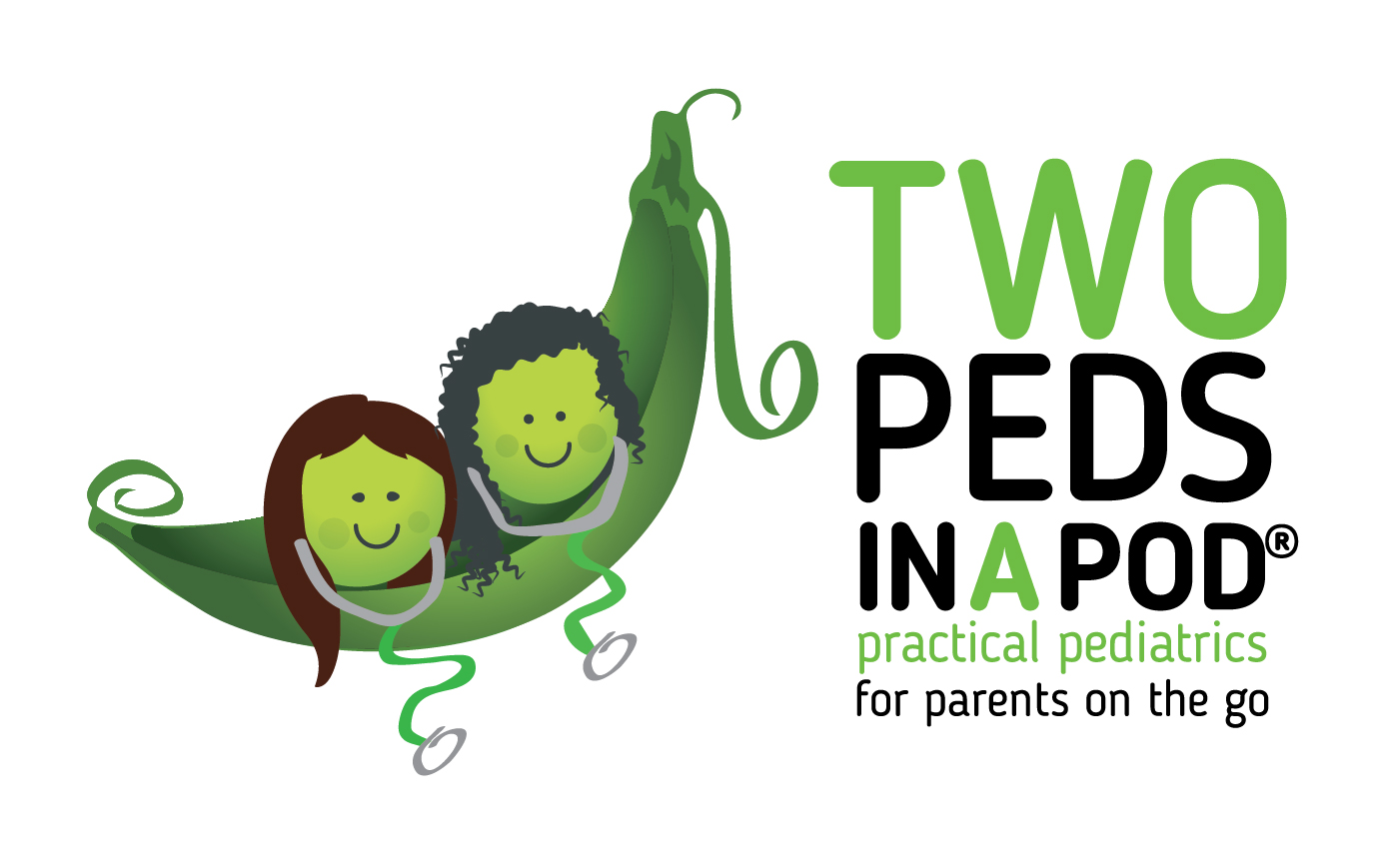 After reading Charlotte’s Web, by E.B. White, when I was eight, I became a vegetarian. It was the first time in my life I thought seriously about the source of my food. My vegetarian diet only lasted only a week in my carnivorous family, but other kids stick to their convictions for much longer. Let’s say that your child is one of those kids. Below is a general guide on how to fulfill your child’s nutritional needs with a vegetarian diet:
After reading Charlotte’s Web, by E.B. White, when I was eight, I became a vegetarian. It was the first time in my life I thought seriously about the source of my food. My vegetarian diet only lasted only a week in my carnivorous family, but other kids stick to their convictions for much longer. Let’s say that your child is one of those kids. Below is a general guide on how to fulfill your child’s nutritional needs with a vegetarian diet:
Meat provides protein. “If you give up meat, choose at least two other protein sources,” says Dr. Lai.
Consider alternative protein sources such as:
Dairy products
Beans
Soy products
Nuts and nut butters
Seeds
Eggs
Iron is another important nutrient found in meat, but can be found in other foods as well. Menstruating females are particularly at risk for iron deficiency. Intake guidelines can be found on the Centers for Disease Control website.
Iron-containing foods include:
Iron fortified cereals
Beans
Dark green leafy vegetables
Eggs
Enriched breads, rice, and pastas
Soybeans
Dried fruit
If your child also stops eating dairy, he will also need to find additional sources of calcium and vitamin D. The American Academy of Pediatrics and the Institute of Medicine
recommend a daily intake of 400 IU per day of vitamin D during the first
year of life, and 600 IU for everyone
over age one. Older kids should get 700 to 1,300 milligrams of calcium daily.
Sources of calcium (other than cow’s milk):
Soy, almond, or rice milk
Soy yogurt
Calcium-set tofu
Fortified breakfast cereals
Leafy green vegetables
Broccoli
Almonds, sesame seeds, and soy nuts
Foods containing vitamin D :
Fortified soy, rice, or almond milk, or items made with these products
Some brands of orange juice
Eggs
Direct sunlight on the skin also stimulates vitamin D production, but because of the risk of skin cancer and skin damage, obtaining vitamin D through sun exposure is not recommended. Consider giving your child a daily vitamin D supplement.
Kids on a vegan diet take ALL animal products out of their diet—no meat, no dairy, and no eggs. In addition to the above recommendations, these kids need an alternative source of vitamin B12, which is found naturally only in animal products. One good alternative is to eat B12 fortified breakfast cereals—read the labels and look for those that contain 100% of the RDA (Recommended Daily Allowance) for B12. The other way is to take a B12 vitamin (cobalamin). According to the National Institute of Health, the RDA of Vitamin B12 for kids is:
Ages 4-8 years: 1.2 micrograms (mcg)
Ages 9-13 years: 2.4 micrograms (mcg)
Ages 14 years to adult: 2.8 micrograms (mcg).
While vegetarian diets are fads for some kids and teens, they become a way of life for others. Encourage your vegetarian child to help you shop and cook, and to experiment with preparation methods and flavors. In a Vegetarian Kitchen with Nava Atlas has numerous vegetarian recipes.
For vegetarian meal and snack guidelines as well as general information about nutrition, please visit the American Dietetic Association’s site.
Julie Kardos, MD with Naline Lai, MD
©2013 Two Peds in a Pod®



